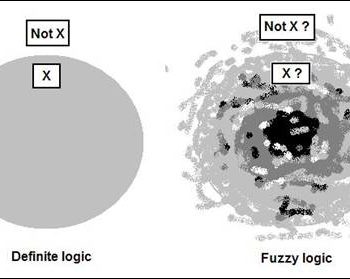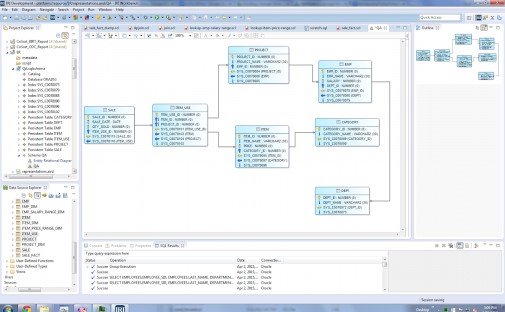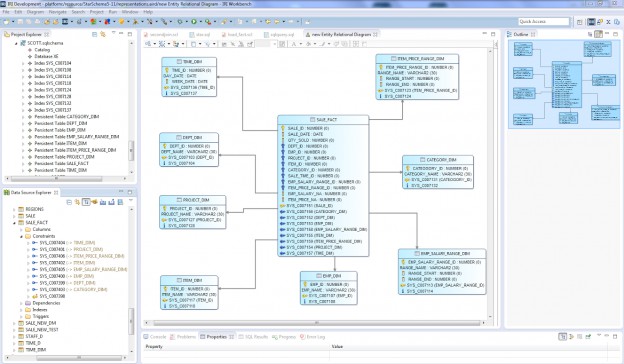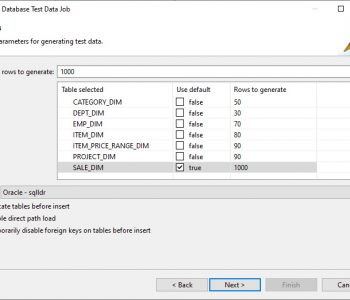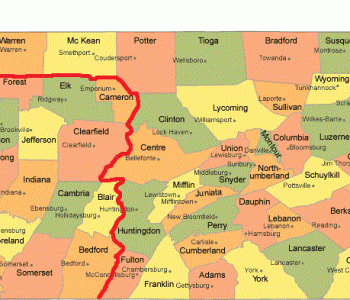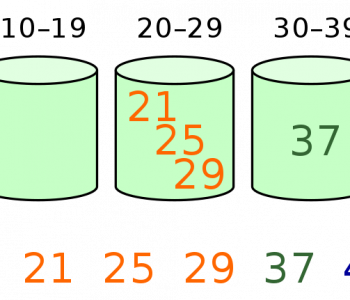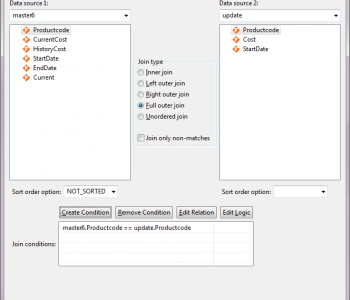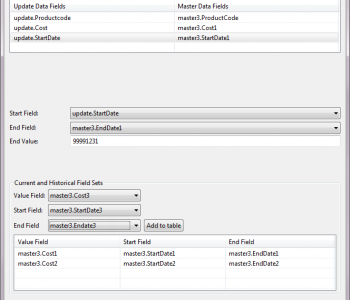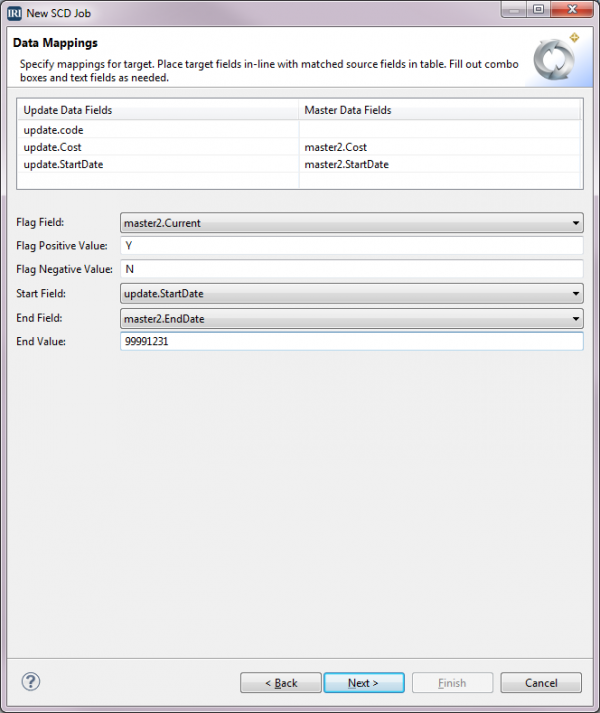
Introduction to Slowly Changing Dimensions (SCD)
A dimension is a structure that categorizes a collection of information so that meaningful answers to questions regarding that information may be obtained. Dimensions in data management and data warehouses contain relatively static data; however, this dimensional data can change slowly over time and at unpredictable intervals. Read More
